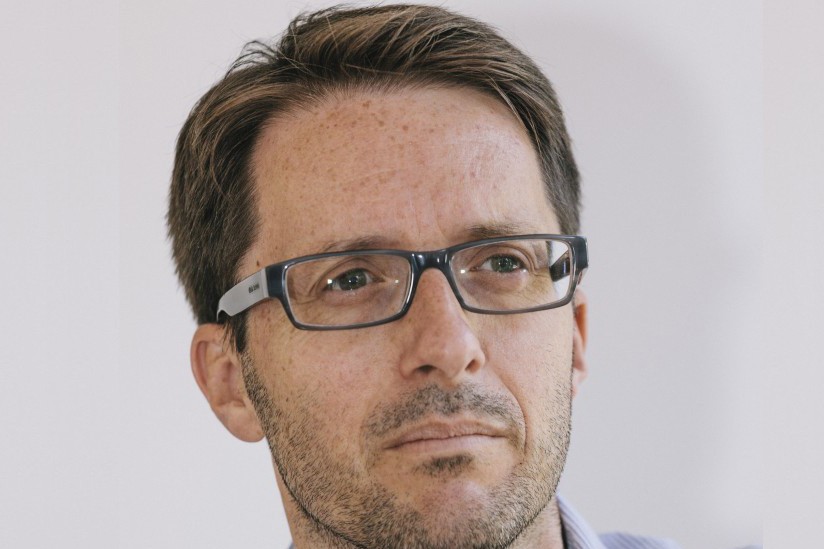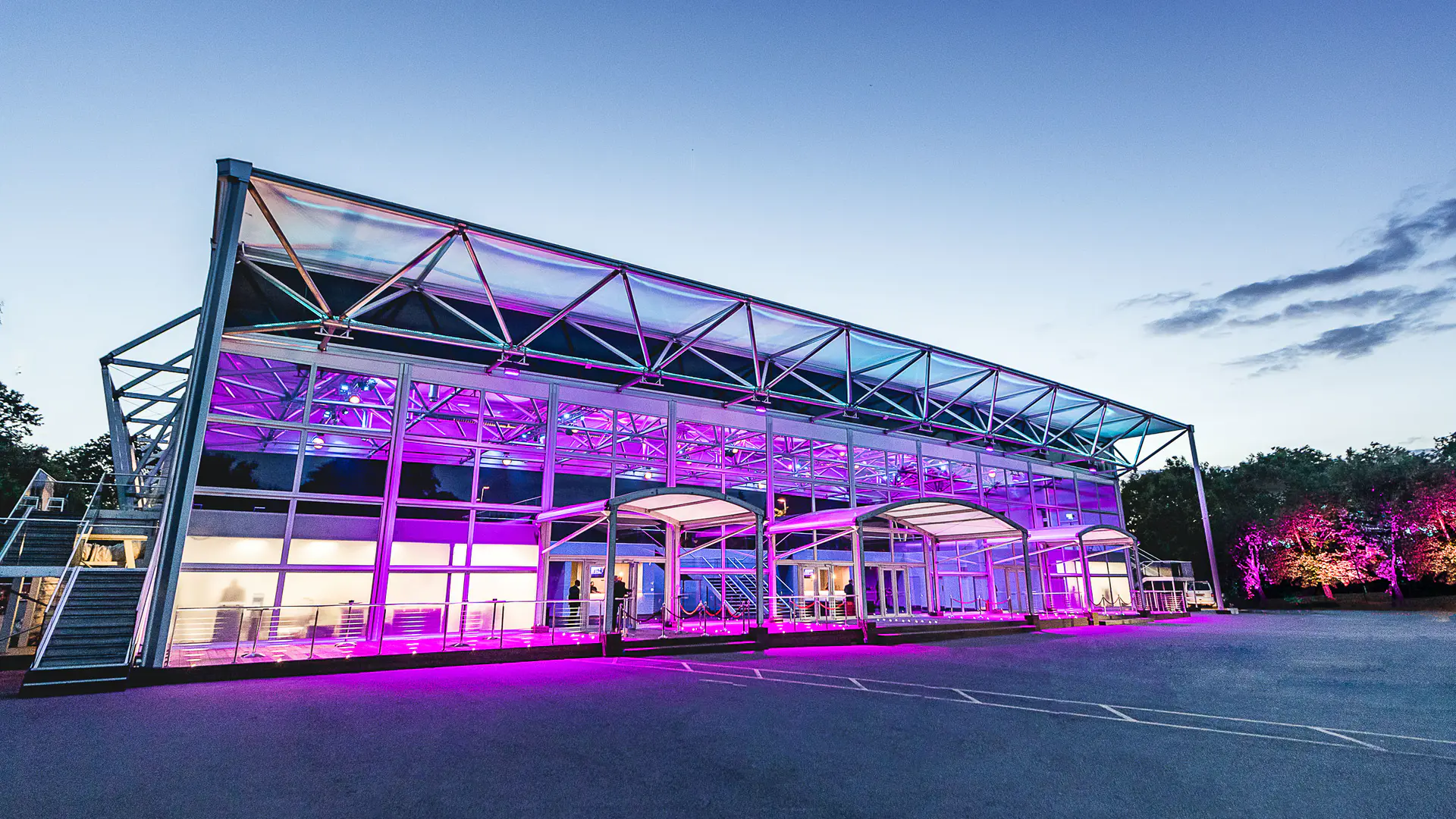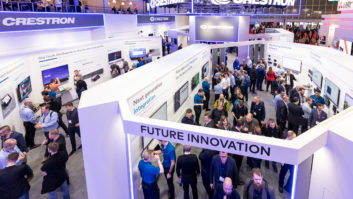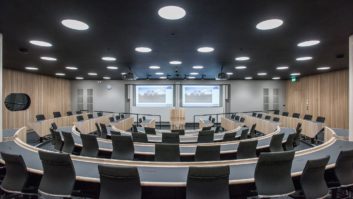
Integrators need to take heed of the fast pace of change, or risk being left behind, says Rob Lane.
In this post-Brexit world nothing is certain; the only inevitability is change. And aside from the huge changes taking place in British politics, their wider, pan-global ramifications, and the economic effect (good and/or bad) this will have on our industry, AV is currently engaged in its own intense micro-economic evolutionary process.
This era of evolution is something that integrators will be well advised to embrace, lest they get left behind. As discussed in this column a couple of issues back, the convergence of AV and IT presents huge opportunities as well as pitfalls for them.
Technology is moving at an incredible pace – virtual reality being perhaps the best example in AV – pulling AV and IT into increasingly converging orbits, with sensor connection tech being arguably the biggest gravitational force. As Wired UK’s editor-in-chief David Rowan put it at this year’s ISE, the “sensor connected world” is colliding with the “storytelling tools of audiovisual”. Other buzzwords and phrases spinning out of the rapid technological change – and informing changes to AV – include Big Data, the cloud, IoT and connected services/living, all intrinsically linked to IT.
Corporate convergence
Of course, some of the convergence in AV/IT is as a consequence of AV’s growing popularity within the corporate environment: think huddle spaces and increasing use of interactive displays within business. Historically, corporate institutions saw AV as a bespoke add-on, perhaps utilising it on a limited, project-by-project basis. But today pro AV is big news in the corporate sphere, and this is where the most obvious convergence with IT occurs.
Huge amounts of today’s corporate AV solutions factor in VC or digital signage, leading to IT departments, and some IT vendors and their channels, becoming involved and increasingly taking control in AV. This, of course, puts understandable pressures on those engaged in the business of AV to accommodate mainstream IT practices – for example standards, centralised support and volume procurement. If AV companies don’t up the IT ante, it’s possible that IT-facing companies will step in and do the job for them, taking the AV profits with them – or worse, swallowing up AV as a sub-industry to the beast of IT.
So the challenge facing AV companies is how to be taken seriously by IT departments that are more used to dealing with IT vendors, integrators and service providers. Not easy, but what an opportunity! The IT industry is huge in comparison to AV: $3.8 trillion compared with just over $100 billion. Why can’t AV aspire to similar heights? IBM has been up and running for over 100 years with a turnover last year of $100 billion – similar to AV’s global turnover for 2015. In the same year Apple made $187 billion, while Microsoft came in at $93 billion and Cisco at $49 billion.
AV is certainly making hay in these uncertain times, although how much of the industry growth is as a result of adopting IT practices is unclear. In 2014 strategic research and business consultants Acclaro Growth Partners predicted that the global AV market will hit $114.2 billion by the end of 2016 – that’s 11% compound annual growth in demand for AV products and services since 2012.
Going mainstream
If AV can adopt a more IT-focused approach to business, there’s no reason why it can’t also raise its game and grow into a more mainstream animal, as IT did many moons ago; no reason why AV can’t offer standardised, scalable solutions and step up from low-volume, bespoke installations to more mass deployment.
At the same time, if AV can more fully embrace David Rowan’s “sensor connected world” – something that some of the biggest American AV vendors are pushing hard this year – and effectively don another IT hat, the industry will hopefully move forward at a similarly fast pace. According to Forbes, 78% of small businesses in the US will fully adopt the cloud by 2020, 41% up on today. And Silicon Angle predicts that global values of cloud-based equipment could top $79 billion by 2018.
As Jay-Z (himself no stranger to technological innovation) told Forbes in 2010: “One of the biggest things in business is to open yourself up for change.” For sure, change is indeed a ‘big thing’– and if AV is to flourish in these changing times (macro and micro), absolutely essential.







